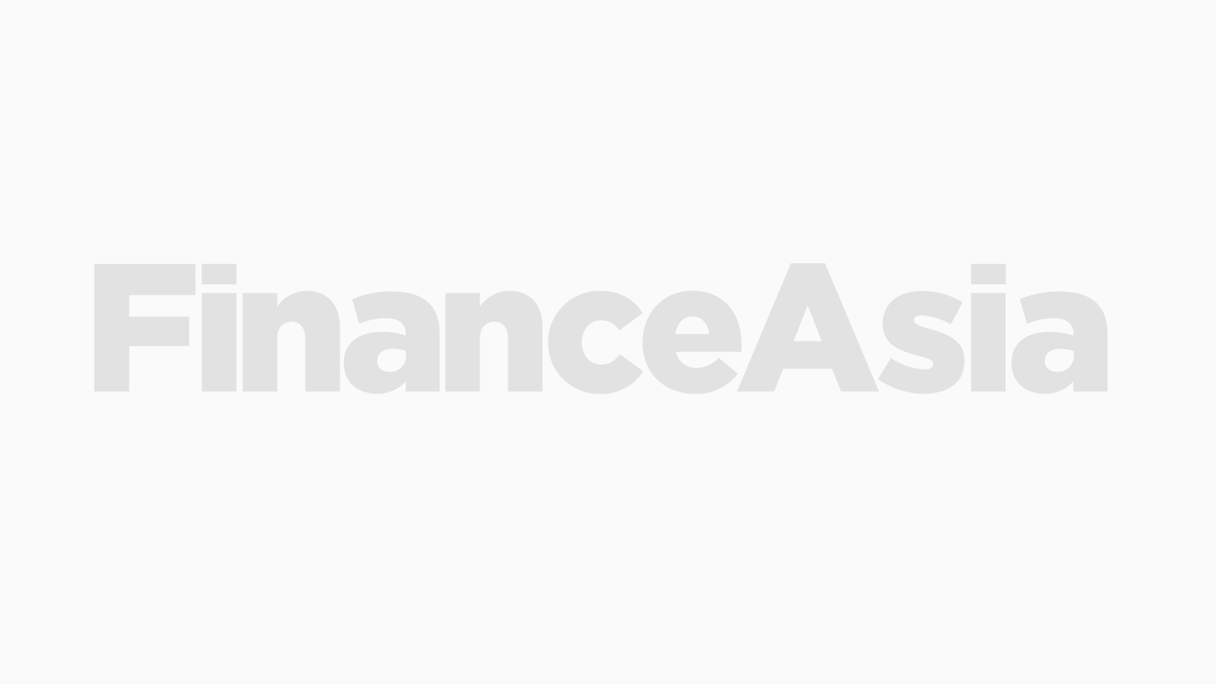Tenaga Nasional Berhad looks as if it may have provided the Asian debt markets with a much needed lift following the successful completion of a tender and bond offering yesterday (April 27). Under the lead of Barclays Capital, CIMB and Credit Suisse First Boston, the group received $394 million from its tender offering and issued a $350 million bond to fund the buyback.



